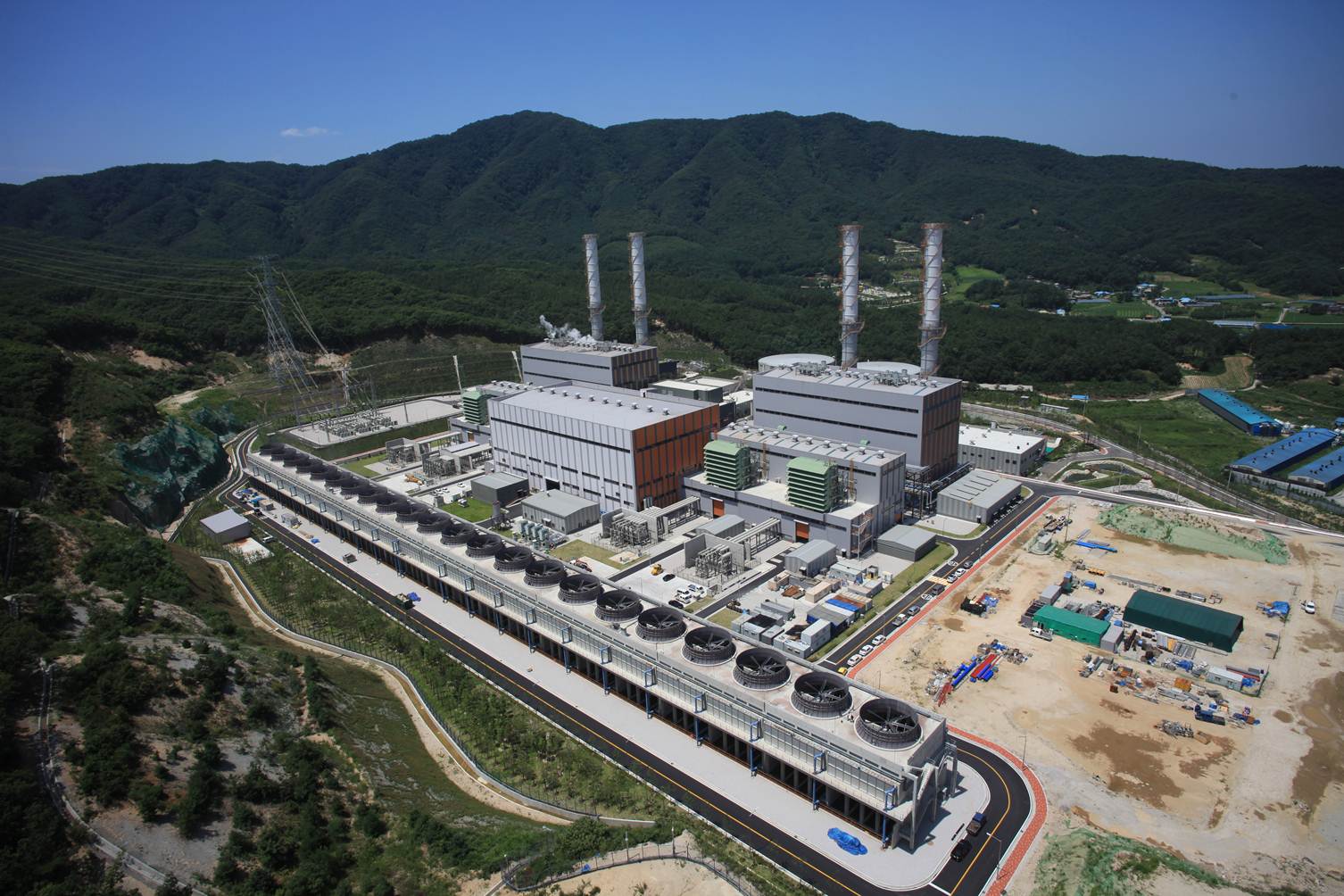The first gas unit of Gol Gohar Combined-Cycle Power Plant, aka Shahid Ahmad Kazemi Power Plant, in the city of Sirjan in Kerman Province has come on stream, with the second unit to become operational in a month.
The combined-cycle plant is being constructed in two phases, including four gas units, each with 166 megawatts in power generation capacity, and two 160 MW steam units, ILNA reported.
A combined-cycle power plant, or CCPP, uses both gas and steam turbines to produce up to 50% more electricity from the same fuel than a traditional simple-cycle plant. The waste heat from the gas turbine is routed to the nearby steam turbine, which generates extra power.
As part of the drive to reduce the energy sector's role in air pollution, a number of gas-fueled power plants are being replaced with combined-cycle plants.
The electricity sector as an energy supplier, is itself a major consumer, converting one form of energy into another.
Gol Gohar Power Plant, which is owned and financed by Gohar Energy Sirjan Co., currently operates at an efficiency rate of 49.5%.
According to Thermal Power Plants Holding, the second unit of the gas section is expected to synchronize to the national power grid in a month, while the plant’s steam unit in the first phase, with a 160 MW production capacity, is slated to become operational in the next Iranian fiscal year that starts in March 2017.
A 400 kilovolt post is also designed in the power plant to deliver the plant's output to the power grid.
Furthermore, two diesel storage units, each with 20,000 cubic meters in capacity, are provided to fuel the plant during gas shortage that normally happens in the cold winter season.
The diesel reservoirs are capable of feeding Gol Gohar plant for 45 days.
Iranian engineering conglomerate MAPNA started operations on the project two years ago and has used mostly domestic equipment.
Upon the full completion of the Gol Gohar Power Plant, total electricity generation capacity of power plants built by MAPNA will exceed 37,000 MW.
Power Industry’s Loss
Little to no return of investment in many power projects and difficulty in breaking into the strong government-dominated power sector in Iran has deterred private investment in the key sector.
The gap between cost of electricity production and the final price is one of the main issues that hold back new investments.
According to ISNA, power plants lose 1.5 cents per kilowatt on average as electricity is a heavily subsidized commodity and there is virtually no room for competition in the supply market. Currently, 41 privately-run power plants account for 60% of Iran's total power output, or 32,000 MW. Iran has a nominal power generation capacity of 75,000 MW, but its real output capacity stood around 54,000 MW this summer.
Plans call for an 80% share of the private sector in power production by 2021. But the imbalance between cost and profit has raised concerns that if the problem is not addressed few, if any, private enterprises would be interested in power production and distribution.
The Energy Ministry has put a great deal of effort into addressing the conundrum by raising electricity tariffs for consumers.
But some officials have criticized the move, saying that further price hikes would spark a major backlash from consumers.
Energy Minister Hamid Chitchian has said the government has no plans to increase electricity prices this year.


